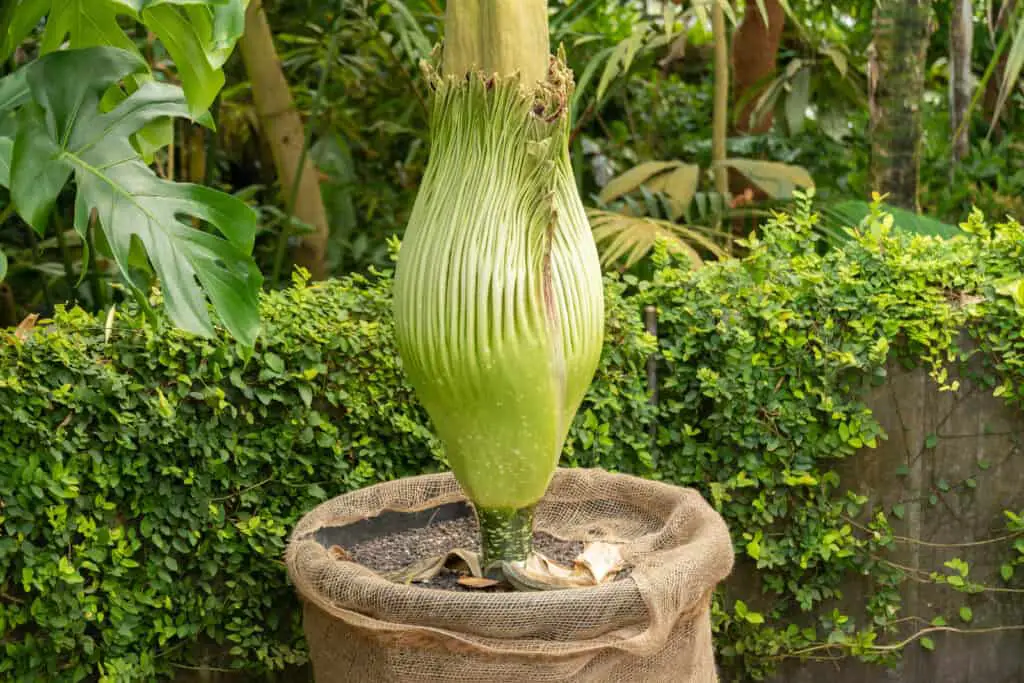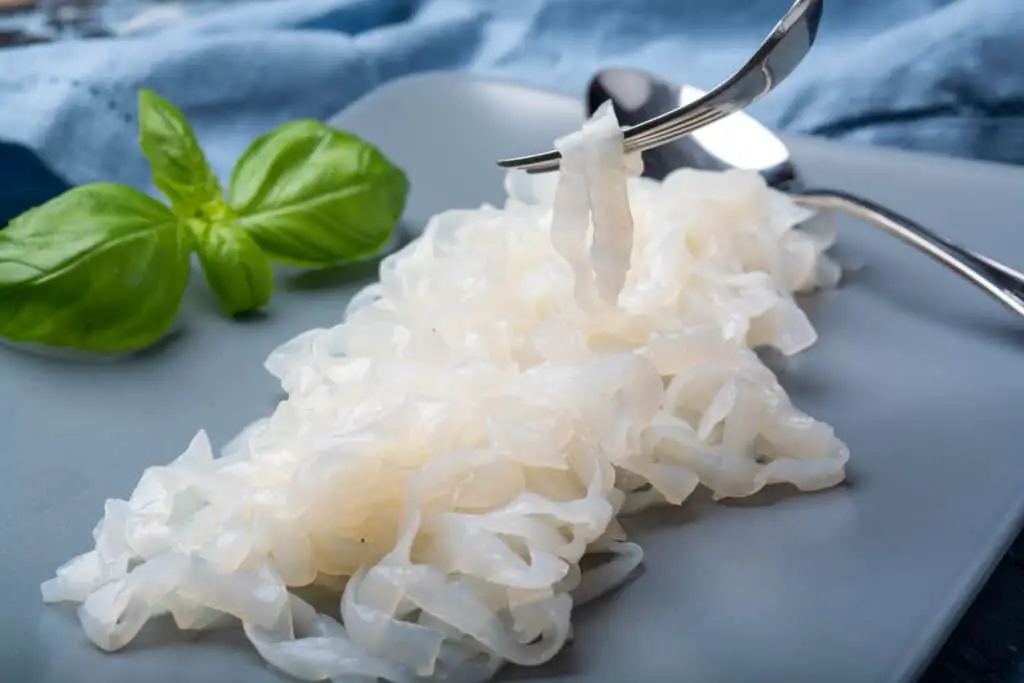Konjac flour is fast becoming a go-to staple for the health-conscious. So, of course, we at Daisy Flour have put together everything you need to know about this flour and how to use it. Made from the ground-up konjac bulb, which is the corm of the Araceae plant, it is rich in fiber and low in carbs and calories.
As confessed flour nerds, we think it is a pretty exciting variety thanks to its many uses. It even has medicinal benefits. From what it is, how it’s made, and its benefits, to what it’s used for and possible side effects, we will cover all you need to know about this super flour.

What Is Konjac Flour?
Konjac flour is being hailed as wonder flour, providing the same uses as regular flour but without the carbs or calories. It has been used in Asia for almost as long as there have been humans and is made from konjac bulbs, a native to South East Asia.
There are a variety of different konjac species and with only the Japanese cultivar providing the glucomannan fiber. Glucomannan powder is the name most people are more familiar with, and thanks to its ability to solidify and the growing popularity of konjac flour, the Japanese variety is now being cultivated all over Asia.
Konjac is produced over three years, during which time the corm or bulb grows. After three years, it is harvested and ground up, making the konjac flour.
There are three varieties. The first is a yellow-white flour with darker specks starting with unpurified ground-up flakes. The second is konjac gum, which has dietary fiber removed and is highly gelatinous when water is added.
Lastly, there is konjac glucomannan, which is high in fiber, a white color, and is the most commonly used form of konjac powder.
What Does It Taste Like?
Konjac flour is almost tasteless, unlike some flours with nutty flavors. The taste can be likened to white rice, in that, like rice, it will take on the flavors of the other foods it is combined with.
Overall, konjac flavors are very bland with a slight hint of saltiness. Thanks to this very neutral taste, it can provide a good base as a starch providing the bulk to a meal, with other ingredients providing the taste.
It is more commonly valued for its texture rather than its taste. The flour can solidify into a jelly-like substance that can be somewhat rubbery and gelatinous, making it quite chewy.

Benefits of Konjac Flour
Konjac flour has been used for millennia in Asia as more than just a food source. The bulbs are incredibly high in fiber and low in carbohydrates, making the flour a well-respected weight-loss assistant.
The flour swells when mixed with water, meaning one will experience a full feeling faster, reducing the amount eaten. Thanks to the very high fiber content, it is good for gut health, with the fiber content promoting probiotic bacteria in the gut.
The high fiber content also makes konjac a helpful tool in combatting constipation and encourages regular bowel movements.
Konjac flour is also an excellent source of calcium and potassium, making it helpful in preventing diseases like osteoporosis and high blood pressure. Not only this but konjac has been found to assist in lowering cholesterol and improving the metabolic activities of the gut.
Last but not least, Konjac flour is even something of an excellent agent for skin health. It contains ceramides, and although these cannot be turned into skin ceramide, they do encourage the production of ceramides by the skin. Increased ceramide production assists in speeding up healing as well as improving the texture of the skin.
Not only is konjac flour filling and healthy, but it helps with wrinkles too!
Side Effects Of Konjac Flour
As will all good things in life, there is a limit, and as impressive as konjac flour may be, it can have adverse side effects if consumed in excess.
Because this flour is so high in dietary fiber, too much can lead to diarrhea and other gut-related ills like bloating, cramps, gas, and nausea. So it’s best to eat it in moderation and with much water.
Another problem is if you overeat konjac flour, you could give yourself a GI obstruction. That’s because it is gelatinous and will thicken. Consistent consumption of large amounts of konjac can cause a blockage in the bowel, and severe cases can require surgical intervention.
Choking is another risk associated with foods made with this flour; the fiber content can cause obstructions in the throat, leading to choking. Children and older adults are cautioned against eating foods containing konjac flour. Sweets, in particular, can become obstructions.
A good rule of thumb for eating konjac flour products is always to have a glass of water nearby to help wash it down.
Allergies are common for many food types, and with konjac flour, it is no different. There have been allergic reactions recorded, and symptoms include swelling, the development of a rash, itching, difficulty breathing, and a rapid heart rate.
If you have any adverse reaction, contact your doctor immediately.
Uses of Konjac Flour
Konjac flour has a multitude of uses.
- As gum: It can be used as a gelling agent and is included in various candies, giving small children sweets made from konjac flour is not recommended due to the choking risk, it may present.
- As a binder: It is used in noodles (commonly called shirataki noodles), bread, and pastries. Because of its gel-like nature, you should not use konjac as a main flour ingredient in bread, and opt for a maximum of 37% or less; otherwise, your bread will be too dense.
- It’s fiber content makes for a fantastic thickening agent as the fiber will swell. It is therefore used in many different items, from jam to jelly, ice cream soup powders, and seasonings.
- Thanks to its health benefits, konjac flour can also be used as a diet supplement, but we recommend only using FDA (Food and Drug Administration) approved products.
Final Thoughts: Yay Or Nay?
Konjac flour is a versatile ingredient. Its general lack of taste and ability to bulk up any dish while providing a ton of fiber makes it a fantastic element. Its health properties are an additional plus, although it’s best to keep to the adage of everything in moderation to avoid adverse side effects.
